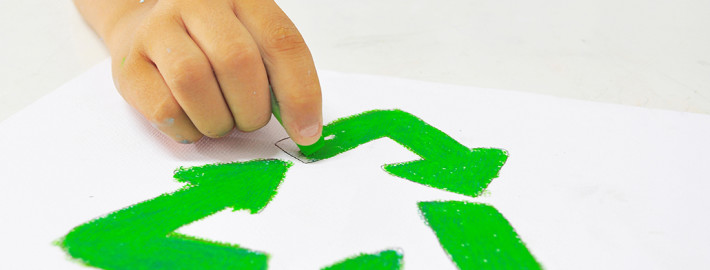Reducing and Reusing Basics
Here’s a tip from the Environmental Protection Agency on the most effective way to reduce waste. It’s a no brainer: Don’t create it in the first place.
“Making a new product requires a lot of materials and energy: raw materials must be extracted from the earth, and the product must be fabricated and then transported to wherever it will be sold. As a result, reduction and reuse are the most effective ways you can save natural resources, protect the environment, and save money.”
Ideas on How to Reduce and Reuse
- Buy used. You can find everything from clothes to building materials at specialized reuse centers and consignment shops.
- Look for products that use less packaging. When manufacturers make their products with less packaging, they use less raw material. This reduces waste and costs and often extra savings can be passed along to the consumer.
- Buying in bulk, for example, can reduce packaging and save money.
- Buy reusable over disposable items. EXAMPLE: You can bring your own silverware and cup to work, rather than using disposable items.
- Maintain and repair products, like clothing, tires, and appliances, so that they won’t have to be thrown out and replaced as frequently.
- Borrow, rent, or share items that are used infrequently, like party decorations, tools, or furniture.
And remember, we can help each other by donating what we don’t need. Instead of discarding unwanted items, try selling or donating them. Not only will you be reducing waste, you’ll be helping others.
Benefits of Donation
- Prevents usable goods from going into landfills
- Helps your community and those in need
- Tax benefits may be available
SOURCE: EPA






